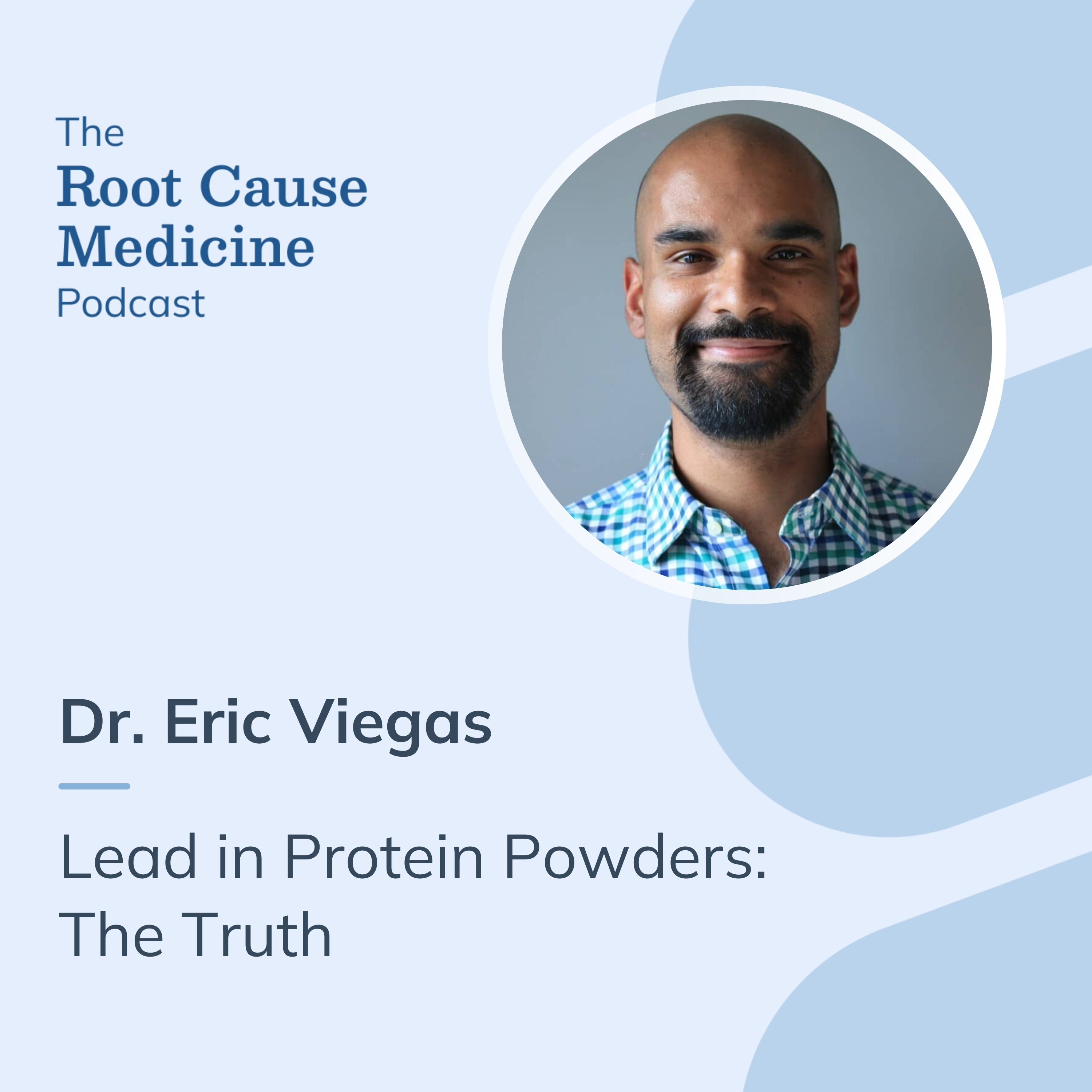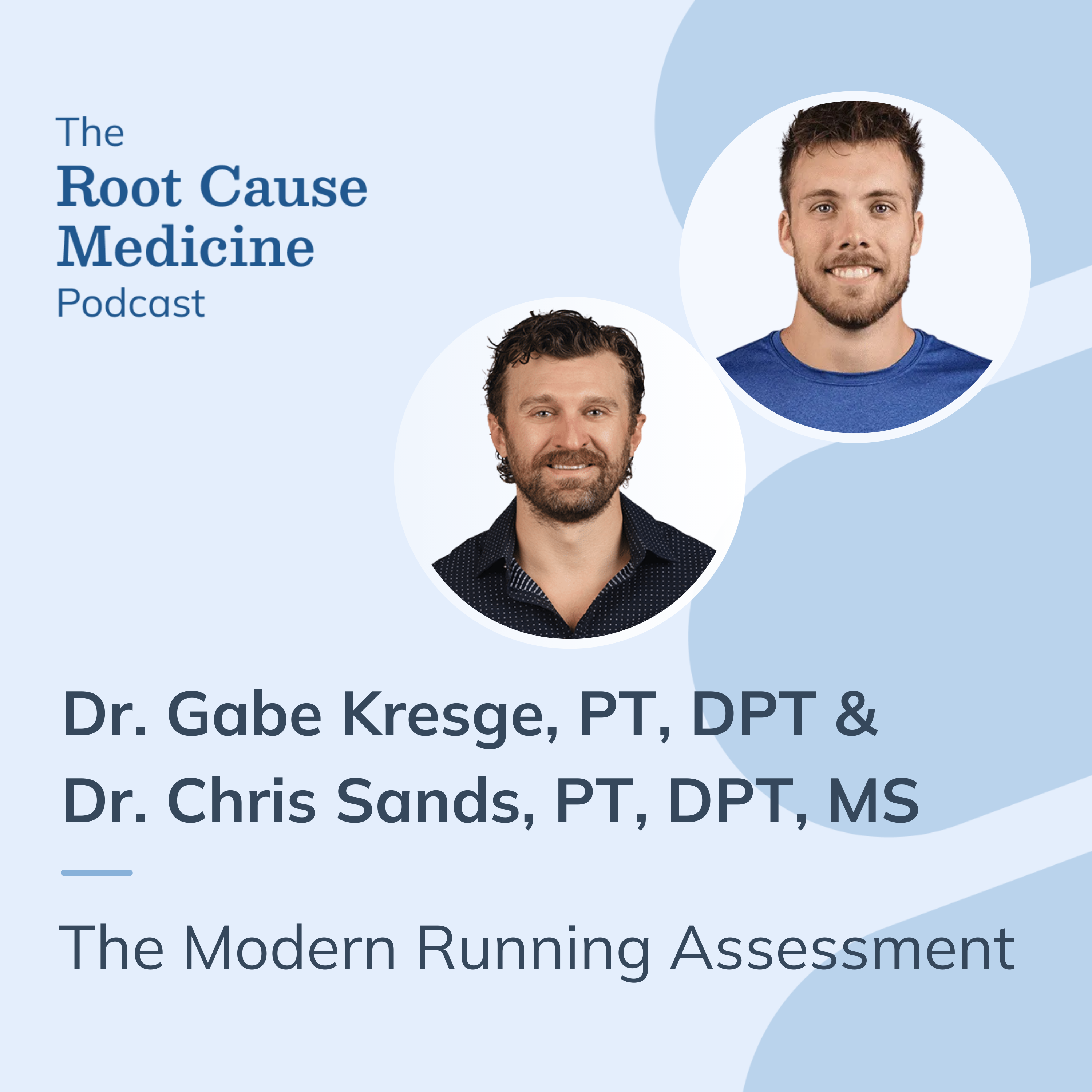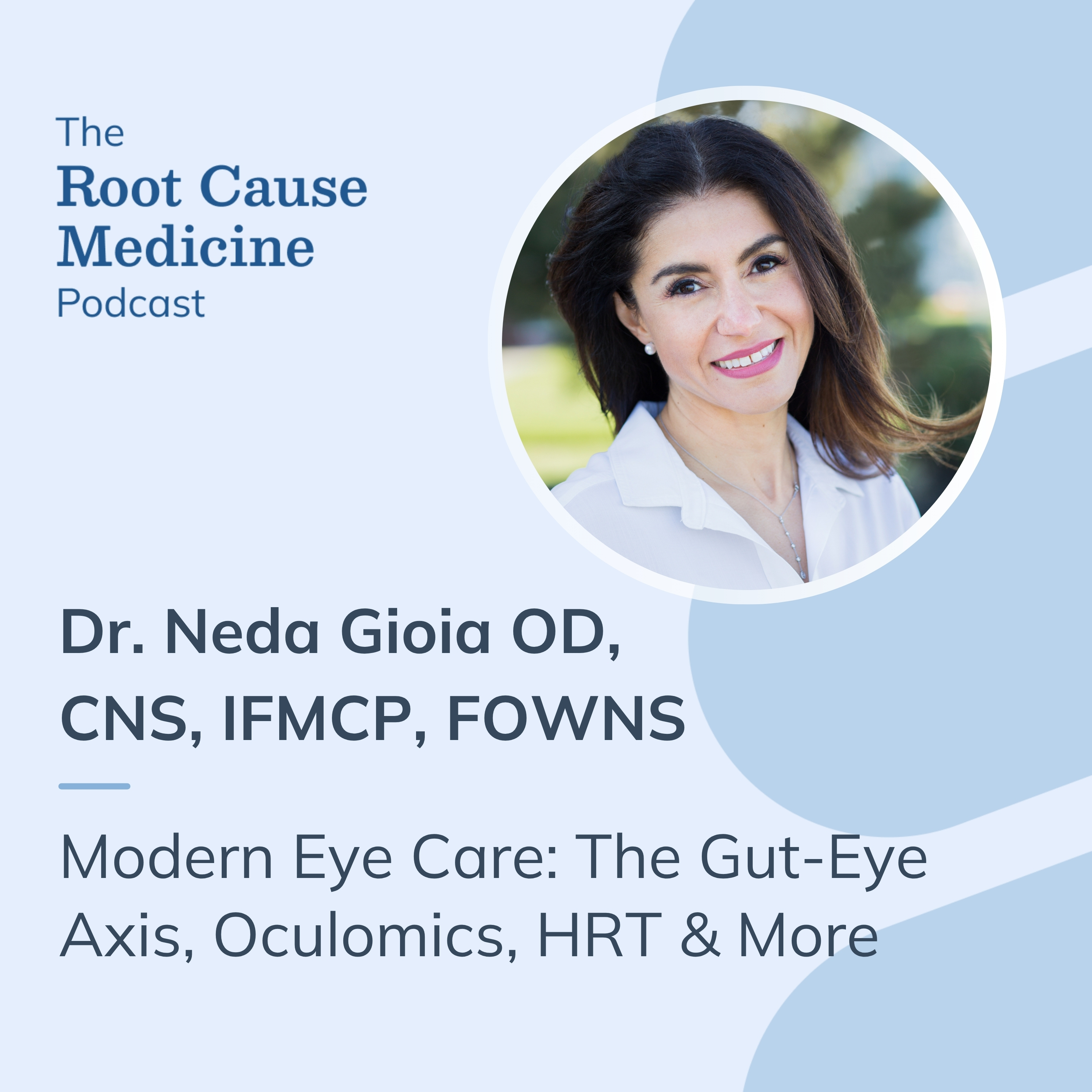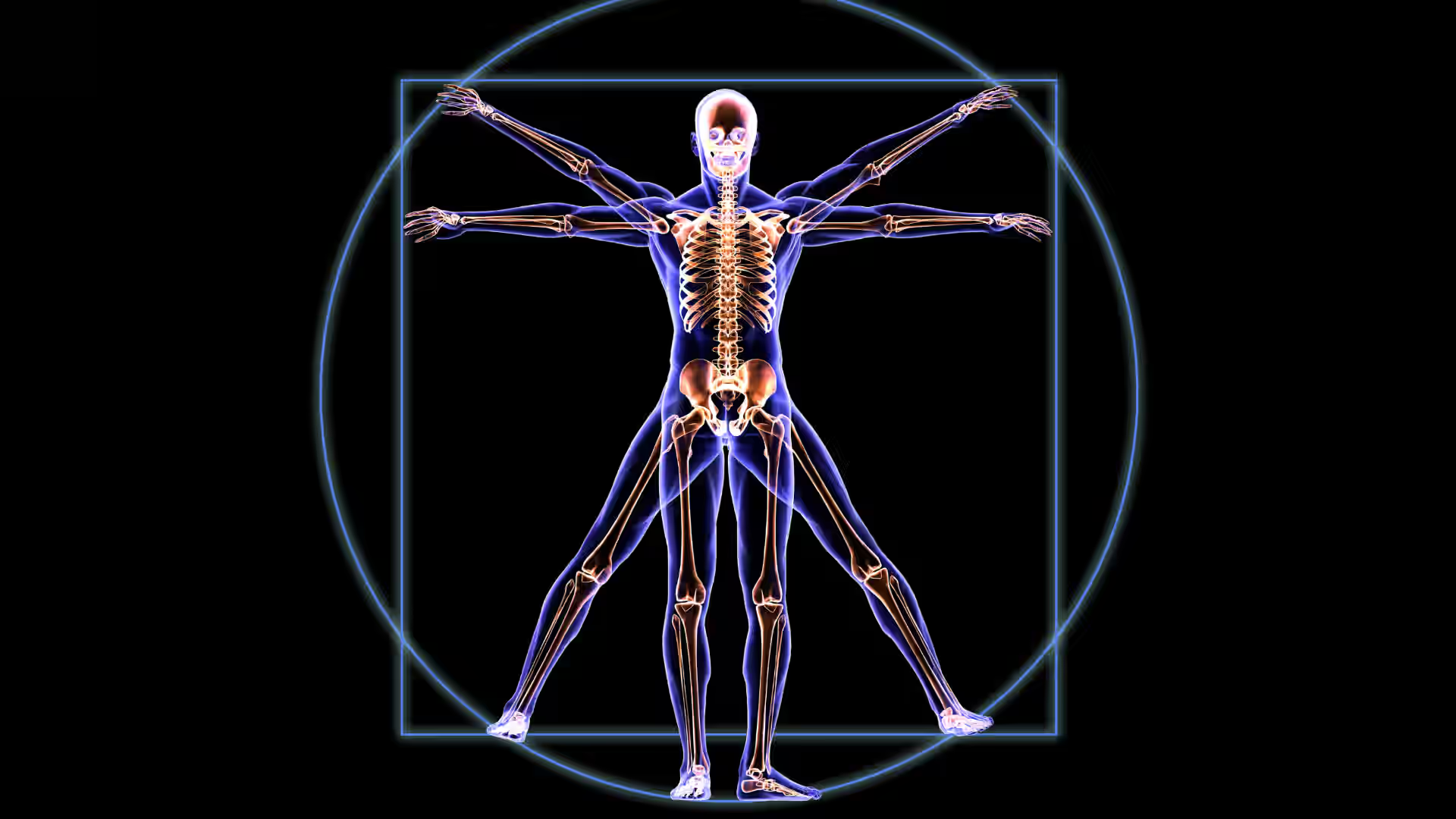The Paleo diet is based on eating the foods humans could hunt, gather, or forage—lean meats, fish, vegetables, fruits, nuts, and seeds. It avoids grains, legumes, dairy (in most versions), refined sugar, and processed foods.
It's really about stripping things down—focusing on foods that some researchers believe align more closely with those consumed during human evolutionary history, which some individuals report feeling better on.
[signup]
Historical Context and Evolution
Dr. Loren Cordain helped popularize Paleo by theorizing that ancestral diets might offer insight into modern health challenges, though these ideas remain under investigation and may not apply universally.
Spinoffs like Primal and Whole30 adjust the rules slightly—some include dairy or emphasize elimination resets.
Key Pillars of the Paleo Diet
- Quality proteins: Grass-fed meats, wild-caught fish, and pasture-raised eggs
- Non-starchy vegetables and fruits: For fiber and antioxidants
- Healthy fats: Olive oil, avocado, nuts, and seeds
- No processed foods: Especially refined sugar, oils, and additives
The Paleo approach emphasizes food quality and nutrient density over strict macronutrient targets or calorie restrictions.
Common Misconceptions
Paleo isn't just steak and bacon. It includes a wide range of colorful plants and healthy fats.
While some use it to support weight goals, many individuals report improvements in symptoms commonly associated with inflammation, although results can vary, and more research is needed.
Core Foods and Nutrient Basics
To build a solid Paleo foundation, it's essential to know which foods to prioritize—and why quality matters as much as category.
Allowed Foods: Quality Focus
Choose foods close to their natural state:
- Animal proteins (grass-fed, pasture-raised, wild-caught)
- Leafy greens, cruciferous and root vegetables
- Berries, apples, and other lower-glycemic fruits
- Nuts, seeds, and minimally processed oils
Many people choose organic and local foods to support sustainability and nutrient density, although individual needs and access vary.
Foods to Avoid or Limit
Paleo involves avoiding foods introduced with agriculture:
- Grains (wheat, corn, oats, rice)
- Legumes (beans, lentils, peanuts)
- Most dairy
- Sugar, refined oils, and additives
Even "healthy" grains contain antinutrients that may disrupt digestion and absorption in some people.
Potential Nutrient Deficiencies
Cutting dairy and grains may lower intake of:
- Calcium: Find it in sardines, broccoli, and collard greens
- Vitamin D: Focus on fatty fish, egg yolks, and sunlight
Lab testing and thoughtful food planning can help to close gaps.
Balancing Macronutrients and Micronutrients
Paleo is flexible. Athletes may need more carbs, while others thrive on moderate fat. Micronutrients from liver, shellfish, and sea vegetables support thyroid health, energy, and immunity.
The Science Behind the Paleo Diet
Preliminary research suggests potential benefits of the Paleo diet for:
- Blood sugar control in type 2 diabetes
- Weight management via improved satiety
- Lowering systemic inflammation
Benefits are linked to removing processed foods and eating nutrient-rich whole foods—not just cutting carbs.
Additional studies are needed to confirm long-term effects.
Criticisms and Counter Arguments
Critics call it too restrictive or costly. Others question the evolutionary justification since ancient diets varied widely. Still, many concerns fade with careful planning and flexibility.
Ongoing Debates in Nutrition
Topics still under investigation include:
- Saturated fats: Whole-food sources may not pose the same risk as processed ones.
- Legumes: Are the antinutrients contained in legumes an issue for everyone?
- Personalization: Is there one "ancestral" diet, or should it vary by ancestry and region?
There's no universal answer—but context matters.
Functional Medicine Perspective
Some functional medicine practitioners use Paleo frameworks to support gut integrity, reduce inflammation, and uncover food-based triggers. It fits well within a root-cause model of care, though results vary.
Who Can Benefit from Paleo? (And Who Might Not)
Let's look at the types of individuals and health conditions that often respond well to a Paleo-style eating pattern.
Paleo Diet for Specific Health Conditions
Paleo is commonly followed for:
- Autoimmune disorders (with AIP modifications)
- Blood sugar imbalances
- GI concerns like irritable bowel syndrome (IBS) or food sensitivities
Eliminating potential dietary irritants may help support overall well-being and symptom management in some individuals.
Potential Risks or Contraindications
People with certain metabolic disorders or kidney issues may need a different approach. Those with a history of restrictive eating should be cautious and seek guidance.
Rare and Uncommon Responses
Although rare, some individuals may experience:
- Temporary fatigue or digestive changes
- A rise in LDL cholesterol from increased saturated fats
- Reactions to Paleo staples like eggs or nightshades
Genetic factors and gut health may play a role.
Global Variations and Cultural Adaptations
While the Paleo framework has core principles, it can be applied across diverse cultures and cuisines, making it adaptable and inclusive.
Regional Approaches to Paleo
Paleo can be adapted around the world:
- Mediterranean Paleo: Lamb, herbs, olives, vegetables
- Latin Paleo: Grass-fed meats, cassava, avocado, plantains
- Asian Paleo: Seafood, fermented veggies, coconut
Cultural flexibility makes Paleo more inclusive and sustainable.
Overcoming Geographic or Seasonal Limitations
Cold climates or food deserts may limit access to fresh produce. Use frozen or preserved options like fermented vegetables or root cellar staples.
Budget and Accessibility
Paleo doesn't have to be pricey:
- Buy in bulk (especially frozen proteins and produce)
- Shop farmers' markets and co-ops
- Cook at home using whole-food basics
Traditional diets in many cultures already mirror Paleo principles.
Practical Tools for Transitioning to Paleo
One of the easiest ways to commit to Paleo is to set up your home environment for success, starting right in your kitchen.
Kitchen Makeover
Setting your kitchen up for success is key. Clear out processed staples and restock your kitchen with:
- Fresh vegetables, fruits, and protein
- Healthy oils and spices
- Paleo-friendly flours and condiments
Meal Planning and Batch Cooking
Plan ahead with simple meal templates:
- Breakfast: Veggie omelet with avocado
- Lunch: Chicken salad with olive oil
- Dinner: Salmon with roasted veggies
- Snacks: Fruit with nut butter or boiled eggs
Batch cooking can help avoid last-minute poor decisions.
Easy Paleo Recipes
Consider these simple recipe ideas:
- Cauliflower stir-fry
- Zucchini noodles with ground beef
- Coconut curry with shrimp
- Almond-flour pancakes
Simple, budget-friendly meals keep following the Paleo diet practical.
Dining Out and Traveling
Order grilled meats, salads, and cooked vegetables. When on the go, pack shelf-stable snacks like jerky, nuts, and compliant bars.
Advanced Testing and Functional Assessment
Functional testing enables practitioners and individuals to measure how the Paleo lifestyle impacts health at a deeper level—starting with key biomarkers.
Tracking Biomarkers
Labs help monitor progress and health parameters. Useful markers include:
- Blood sugar (fasting or HbA1c)
- Inflammatory markers like CRP
- Cholesterol panel (HDL, LDL, triglycerides)
Hormonal and Adrenal Testing
Paleo may impact hormones. Practitioners often evaluate:
Food Sensitivities and Microbiome
Even Paleo-friendly foods can cause issues for some individuals. Stool tests can help assess the composition of the microbiome, and food sensitivity panels can help uncover food triggers and guide reintroductions.
Specialized Testing
Genetic testing or advanced diagnostics may be helpful in rare conditions. Partner with a provider; don't self-diagnose.
Myths, FAQs, and Common Pitfalls
To follow Paleo successfully and clear up some of the most persistent misunderstandings, it's important to separate fact from fiction.
Myth-Busting
Here are some myths and facts about the Paleo diet.
"It's zero carb."
Paleo includes fruits and root veggies.
"It bans all fats."
It encourages whole-food fats.
"It's a fad."
Paleo is built on long-standing principles of human nutrition.
FAQs
Consider the following frequently asked questions about the Paleo diet.
Do I have to be 100% Paleo?
Not necessarily—some follow it 80/20, eating Paleo 80% of the time and being flexible the other 20%.
Can I have dairy?
Some individuals tolerate ghee or raw cheese.
How does it compare to keto or vegan diets?
Paleo is more flexible and less restrictive than both.
Avoiding Burnout
To avoid burnout on the diet, rotate meals, try new recipes, and adjust macros as needed. Don't be afraid to step back and adjust your approach.
Combining Paleo with Other Approaches
Understanding how Paleo interacts with other dietary frameworks helps determine the best fit for individual needs, especially when comparing popular approaches like keto.
Paleo vs. Keto
Keto is a high-fat, very low-carb diet. Paleo allows more whole-food carbs. Choose based on energy needs and health context.
Intermittent Fasting
Paleo pairs well with intermittent fasting for some. Just ensure you're eating enough nutrients during feeding windows.
Hybrid Models
Some individuals follow the Paleo diet along with other forms of eating, including:
- Pegan: Mostly plant-based Paleo.
- Paleo-Mediterranean: Seafood, herbs, olive oil.
- Personalized Paleo: Based on labs, genetics, and preferences.
The 80/20 Principle
Flexibility helps many people stick with Paleo in the long term. Occasional treats or cultural foods won't undo the benefits of a mostly clean foundation.
Sustainability, Environment, and Future Outlook
Choosing sustainably raised, local, and wild foods supports planetary and personal health. Paleo does well and encourages conscious sourcing.
Societal Trends
Ancestral eating is gaining traction in both research and culture. Paleo's core ideas are likely to influence future dietary guidelines and innovations.
Tech Support
Apps, meal plans, and wearables make it easier to personalize and stick with Paleo—especially for tracking food quality, macros, or inflammation markers.
[signup]
Key Takeaways
- Paleo emphasizes whole foods, including vegetables, fruits, quality proteins, and healthy fats, while excluding grains, legumes, processed sugars, and most dairy.
- Paleo may support lower inflammation, gut health, and blood sugar balance.
- Functional medicine uses Paleo as a therapeutic tool.
- Global and cultural variations make it flexible and inclusive.
- Nutrient gaps can be managed with wise food choices and testing.
- The Paleo diet can pair well with fasting, Mediterranean, and hybrid models.
- You don't need perfection—80/20 works for many.
- The Paleo diet supports sustainability and conscious food sourcing.
- Technology is making Paleo more accessible than ever.












%201.svg)







